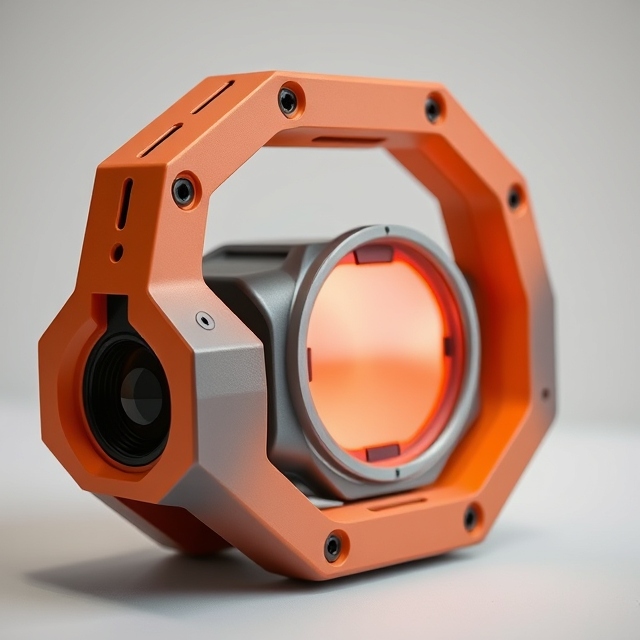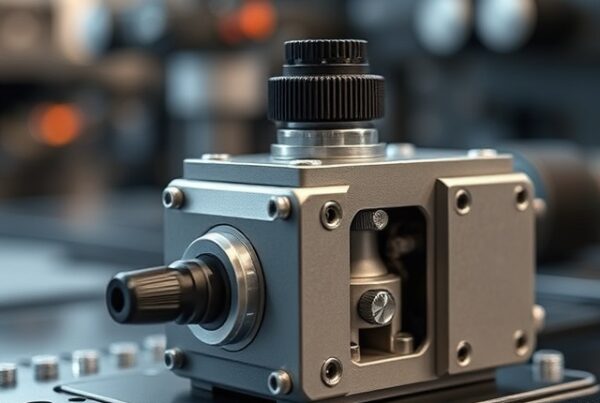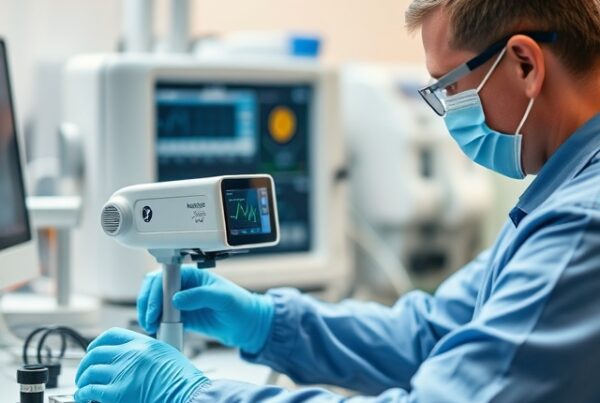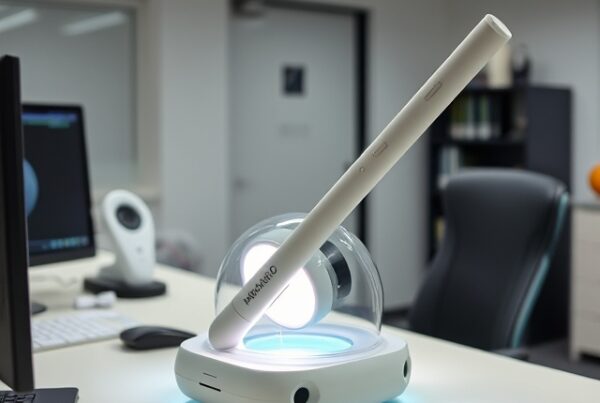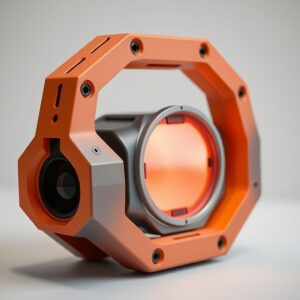 In today’s fast-paced and competitive market, product development is at the heart of successful businesses. The key to staying ahead of the curve is innovation, and innovation can only thrive when it is backed by skilled engineering, robust industrial design, and efficient prototyping. This is where Design Catapult steps in, helping businesses of all sizes bring their ideas to life through the perfect balance of creativity, technology, and expertise.
In today’s fast-paced and competitive market, product development is at the heart of successful businesses. The key to staying ahead of the curve is innovation, and innovation can only thrive when it is backed by skilled engineering, robust industrial design, and efficient prototyping. This is where Design Catapult steps in, helping businesses of all sizes bring their ideas to life through the perfect balance of creativity, technology, and expertise.
In this blog, we will explore how Design Catapult drives innovation in product development by leveraging cutting-edge engineering solutions, mastering industrial design, and utilizing rapid prototyping techniques.
5 Key Questions This Blog Will Answer:
- How does Design Catapult help drive innovation in product development?
- Why is engineering a cornerstone of successful product development?
- How does industrial design contribute to creating products that resonate with users?
- What role does prototyping play in refining product ideas before they hit the market?
- How can businesses stay ahead in product development through innovation and strategic design?
Let’s dive into how Design Catapult transforms ideas into real-world products through innovation and strategic design principles.
Product Development: The Blueprint for Innovation
At the core of product development is the process of taking an idea and turning it into a functional product. This journey involves research, design, prototyping, testing, and manufacturing. Design Catapult excels at navigating this complex process, combining the latest advancements in technology with a hands-on approach to deliver innovative solutions.
Product development at Design Catapult goes beyond just creating products; it’s about shaping the future. By working closely with clients, we ensure that each step of the development process aligns with their strategic goals. From the initial concept to market-ready prototypes, our team’s expertise in product development is what sets us apart.
Key Steps in the Product Development Process:
- Research and Ideation: We begin by fully understanding the market, target audience, and industry trends to create a solid foundation for product ideas.
- Design and Prototyping: We then translate ideas into functional prototypes using the latest CAD modeling, 3D printing, and other prototyping technologies.
- Testing and Refining: Testing is crucial in ensuring the product’s functionality, safety, and user experience. Iterative testing helps refine the design for optimal performance.
- Manufacturing and Launch: Finally, we work closely with manufacturers to ensure a smooth transition from prototype to mass production, ensuring the product is launched on time and at the highest quality.
By focusing on all aspects of product development, Design Catapult ensures that every product is both innovative and practical, ready to stand out in a crowded market.
Innovation: The Driving Force Behind Every Product
The future of product development is rooted in innovation. At Design Catapult, we believe that innovation isn’t just about developing new ideas; it’s about taking existing concepts and improving them. It’s about making things better, more efficient, and more user-friendly. We work with companies to foster a culture of innovation that pushes the boundaries of what’s possible.
Through a meticulous innovation process, we help clients transform their visions into breakthrough products that meet both market demand and user needs. This approach not only involves cutting-edge technologies but also a deep understanding of the market, user experience, and future trends.
How Design Catapult Fosters Innovation:
- Collaboration and Brainstorming: Innovation thrives in an environment where ideas are freely exchanged. We create a collaborative space where clients, engineers, and designers work together to push the envelope.
- Cutting-Edge Technology: We use the latest tools and technologies, from advanced CAD modeling to rapid prototyping, to bring innovative ideas to life quickly and efficiently.
- Iterative Development: Innovation is a continuous process, and we embrace iterations to refine and enhance our designs. Through constant testing and feedback, we can fine-tune our solutions and stay ahead of the competition.
Innovation is at the heart of everything we do at Design Catapult. It drives our mission to create products that meet the ever-evolving needs of businesses and consumers.
Engineering: The Backbone of Product Development
Behind every great product is great engineering. The engineering process ensures that a product isn’t just an idea—it’s a functional, manufacturable, and reliable device that works in real-world conditions. Engineering is the foundation upon which all other aspects of product development are built. At Design Catapult, our team of engineers brings a wealth of knowledge to the table, ensuring that every product we develop is both feasible and scalable.
The Role of Engineering in Product Development:
- Feasibility and Design Optimization: Engineering is the process of taking a conceptual design and making sure it works in practice. Our engineers optimize designs for manufacturability, durability, and performance.
- Material Selection and Testing: We ensure that the materials chosen for a product meet all performance and safety requirements, allowing the product to be both functional and long-lasting.
- Regulatory Compliance: Especially in industries like medical device development, engineering is crucial in ensuring that the product complies with regulatory standards such as FDA guidelines and ISO certifications.
Through our skilled engineering team, Design Catapult ensures that each product is optimized for performance, cost-effectiveness, and safety.
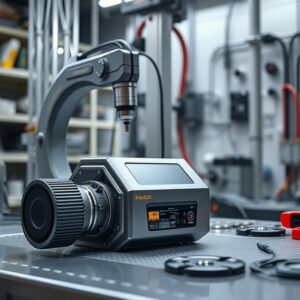 Industrial Design: Creating Products That Speak to Users
Industrial Design: Creating Products That Speak to Users
While engineering ensures that a product works well, industrial design ensures that it looks good and feels right. Industrial design is all about the user experience—how a product looks, feels, and interacts with its users. At Design Catapult, our industrial designers work closely with engineers and clients to create aesthetically pleasing and user-friendly products that stand out in the marketplace.
Industrial design is an essential part of the product development process because it directly affects the product’s success. Products that are easy to use, visually appealing, and ergonomically designed are more likely to be embraced by users.
Key Elements of Industrial Design:
- User-Centered Design: Every decision we make is focused on how the user will interact with the product. From ergonomics to functionality, the design is tailored to meet the needs of the end user.
- Branding and Aesthetics: The visual design of a product is often the first thing consumers notice. Our designers work to ensure that your product communicates your brand’s identity while being aesthetically pleasing.
- Usability and Functionality: A great design is not just about looks; it’s also about how well the product performs. We focus on creating intuitive designs that make the user’s experience seamless and enjoyable.
By focusing on industrial design, Design Catapult ensures that the products we create are not only functional but also resonate with consumers, driving both user adoption and brand success.
Prototyping: Bringing Ideas to Life
No product development process is complete without prototyping. A prototype is a working model of the product that allows us to test, refine, and perfect the design before it goes into full-scale production. At Design Catapult, we specialize in prototyping solutions that help bring ideas to life quickly and effectively.
Prototyping serves several important functions in the product development process, such as helping to validate designs, assess product functionality, and gather user feedback. Through prototyping, businesses can evaluate the feasibility of their ideas, make adjustments, and ensure that the final product meets all design and performance requirements.
Benefits of Prototyping:
- Quick Validation: Prototypes allow designers and engineers to validate concepts and designs before committing to full-scale production.
- Cost-Effective: Prototyping allows businesses to test designs and make changes at a lower cost before investing in expensive manufacturing processes.
- User Feedback: A physical prototype can be tested with real users to gather valuable feedback on functionality, usability, and design, ensuring that the final product meets user needs.
At Design Catapult, we offer a variety of prototyping services, from rapid prototyping with 3D printing to functional prototypes that mimic the final product. This ensures that the design can be tested, iterated upon, and perfected in a timely manner.
Conclusion: Shaping the Future of Product Development
The future of product development is bright, and companies like Design Catapult are at the forefront of this innovation. By combining innovation, engineering, industrial design, and prototyping, we create products that not only meet the needs of today’s market but also push the boundaries of what’s possible. As the demand for better, faster, and more efficient products continues to grow, Design Catapult remains committed to delivering solutions that shape the future of industries across the globe.
Key Takeaways:
- Product development is a multi-faceted process that involves research, design, testing, and manufacturing.
- Innovation is essential for creating products that stand out in the market and meet consumer demands.
- Engineering ensures that products are feasible, safe, and high-performing.
- Industrial design creates products that are visually appealing, user-friendly, and functionally effective.
- Prototyping allows for quick iteration and testing of designs before full-scale production.
Trending Metatags:
#ProductDevelopment #Innovation #Engineering #IndustrialDesign #Prototyping #TechInnovation
